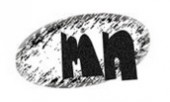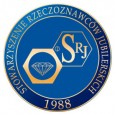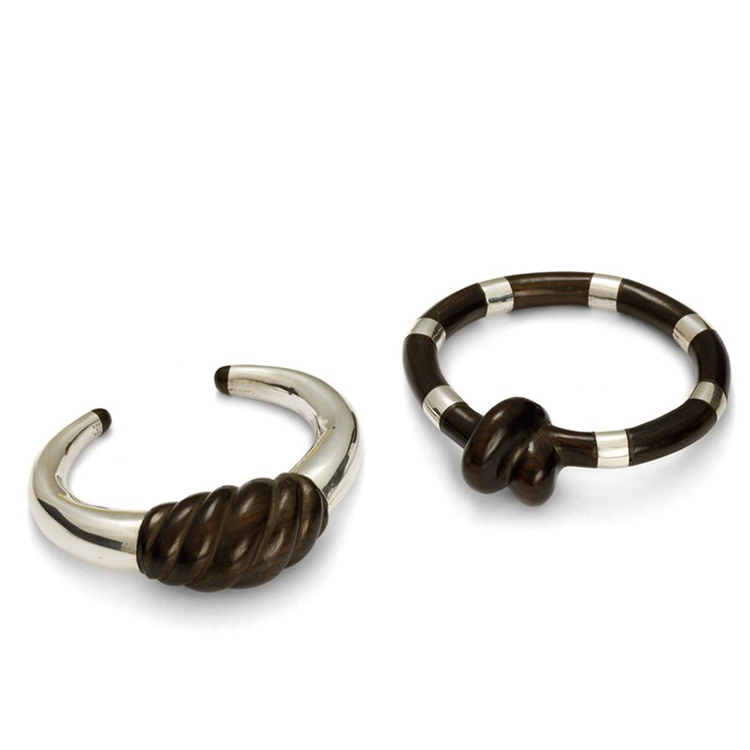
Andrzej Bandkowski’s pieces go back in their form and material (ebony) to the 1970s and 1980s. In 2018, several dozen years later, the artist shares with us his reflections resulting from his long experience, from his thoughts about the past, from his silent criticism of today’s goldsmithery, in which there is more computer techniques and assembling than honest work at the bench. He recollects old days, when the artist did all work himself, starting with the preparation of the material, then made the desired article, and then subjected the final effect to the recipient’s judgment.
But there is also a deeper layer of meaning. Drawing on his experience, he says that man’s fate is twisted, a string of bright and joyful days is sometimes broken by dark, messy and tangled days. And it is the common lot of all people, regardless of when they live.
A circle, which symbolises the endless beginning and end of events, is the starting point in Andrzej’s work. However, the circle is not always full. Nor is it always perfectly circular. In most cases it is not a perfect geometrical form. Because man and his fate will never become predictable.
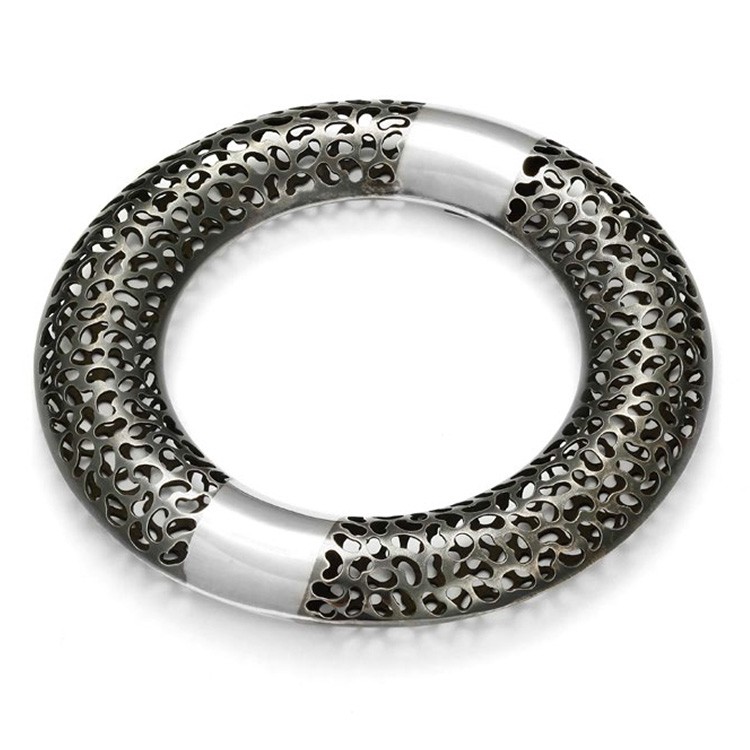
Krzysztof Ginko’s work also goes down the memory lane to the times when Polish artists goldsmiths were allowed legally (for the so-called individual creative output) only 250 g of silver a year. Impossible? But it was so… No wonder that openwork forms were very popular, because they required less silver.
Excellent workmanship and a reminiscence of times which are nowadays completely incomprehensible. The piece is a reference to Andrze Bandkowski’s work by the stylistics of the 1980s and 1990s, by certain contrariness, because back then the creation of an innovative form of jewellery required a lot of time to gain necessary skills, to discover his own way in thinking about jewellery. Sometimes even to invent a new technique.
Today it has an additional dimension. Life is like a wheel, now up, now down! The bracelet, divided into light and dark fragments , stresses the lack of continuity in the surface and— in the events of everyday life. It is not an optimistic piece. Its regular form is a lie, beneath there is another image: that of peaceful days mingled with days of chaos.
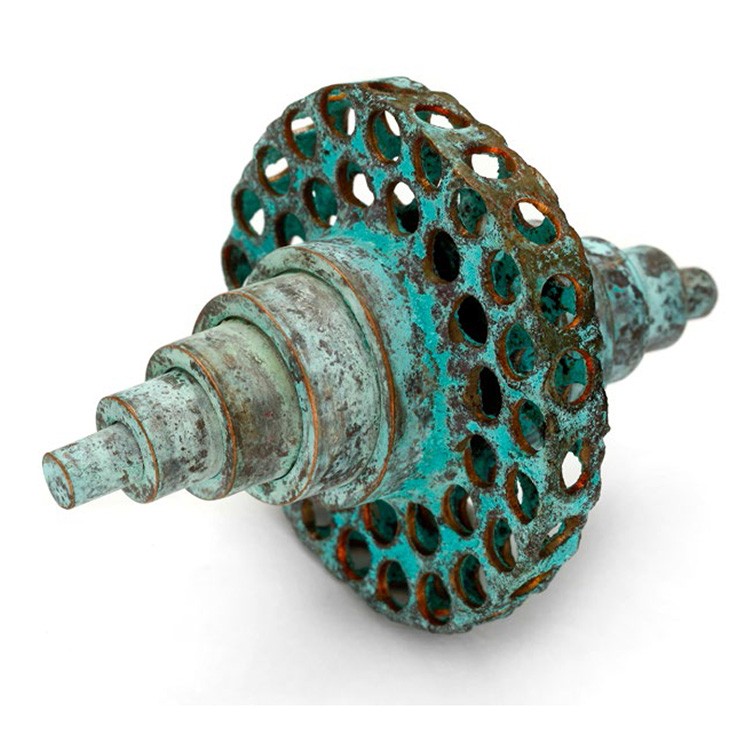
In Aleksandra Rybak’s work the basic wheel can be reshaped and expanded in space by pulling out axles. It is a symbolic story of the wheel from its invention in the archaic times (rim and axle) to the form involving the 4th dimension: time (because the reshaping involves time). Patina (movement backward), mobility (movement forward), change of the spatial form (axles are collapsible and fit inside the wheel), open-work, techniques completely different than the one used in the work to which this piece directly refers… Drawing on the past, at the same time it is a work of the future. The turning axle embodies many ideas – though it is nothing but a wheel… as simple as a succession of ideas and generations. Because the thought (technical) was born at some point in the past, and still exists, and will probably not cease to exist. Probably, because it is not certain. May we not find ourselves in a situation, in which we will have to invent the wheel anew.
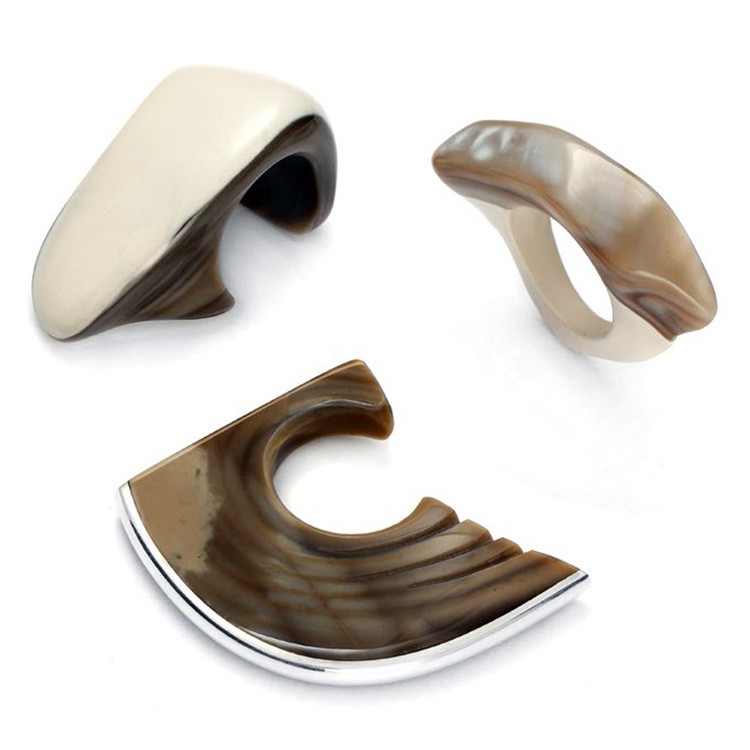
Jaroslaw Kolec interpreded his rings in the following way:
Since time immemorial, human life is closely connected to stones, their physical characteristics and powers attributed to them. One of these stones is flint. It was used to make tools and weapons and to strike fire. Nowadays, is appreciated for its aesthetic value and, when used in jewellery, it brings joy to its owner, especially if it is striped flint.
And let it be like this!
But the shape of the rings spontaneously brings to mind the “wheel of events.” From among various flint relics, especially interesting are decorative hatchets made of striped flint, astonishingly small and amazingly useless in the life of the then people. Worn (probably) at the belt, as an ornament of the body and dress, in contemporary terms they were a form of jewellery. The evidence supporting this opinion is provided by archeology: though their making required a lot of work, these hatchets, as the only objects from among numerous historical treasures, usually do not bear any traces of use. They were surprisingly small and amazingly useless as a tool. Archaeologists suggest that they may have been an ornament and have functioned as an indirect message about the position of the owner. A sign of wealth? Courage? Merit?
Used widely in ceramic industry, in the production of sandpaper and paints, today, after almost five thousand years, flint again recovers its function as an ornament. The most beautiful fragments of flint nodules become an important stone in contemporary jewellery, in Poland and abroad. It is a unique stone. In the work of contemporary goldsmiths it conveys more and more emotions.
Can the return of the interest in striped flint after such a long passage of time suggest the idea of the wheel of life?
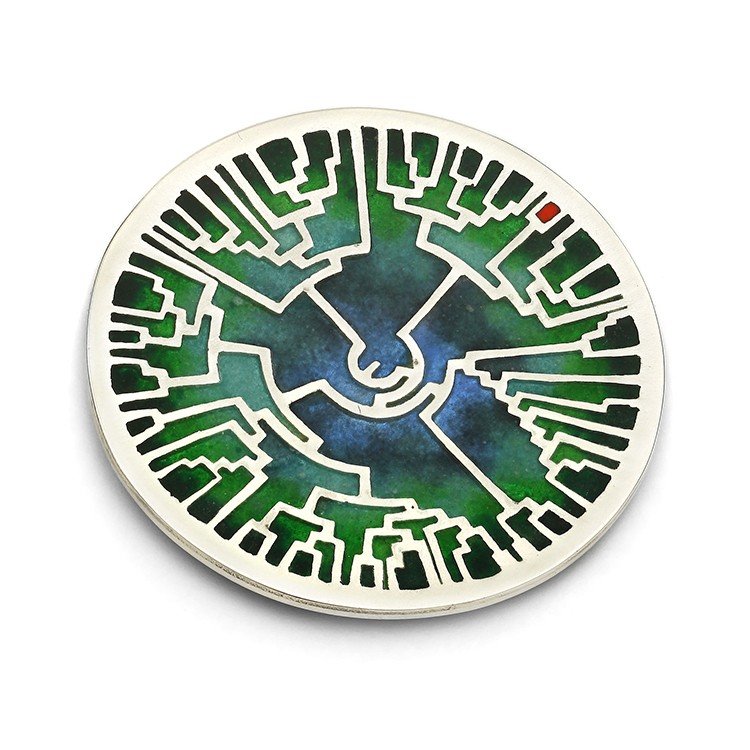
Marta Noremberg took a different approach to the form of the circle. She asks the viewers: Find a red point. It is us, the species Homo sapiens, a small point in the development of life on the earth, although we put ourselves on a pedestal.
Is it, then, not a mistake to view all life from a very homocentric standpoint?? After all, here and now – we are only a part of the ecosphere. Is it therefore not a mistake to focus too much on our human fate and transient human emotions? Shouldn’t we rather find and understand our place in the world of nature and devote more time to our environment? Not only to our species? Shouldn’t we broaden our outlook? Shouldn’t we can treat our “wheel of events” with humility as part of life, not a closed whole?
Or do we have a right to think exclusively about ourselves, about the wheel of events driven by our dreams?




